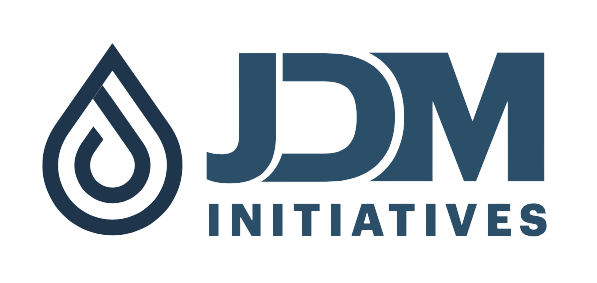Programmes
Education
- Lack of school infrastructure
- Inadequate numbers of teachers
- Weak community involvement
- Lack of teaching and learning materials
Health
The health sector in Ghana has undergone tremendous improvements over the past two decades, with a number of innovations to ensure continuity in health services to the population. These include the development of a well-established referral system from Community-based Health Planning and Services (CHPS) compounds at the grassroots level, through to district hospitals and to regional and national levels.
However, there are challenges in the sector. These include the low health service provider/population ratio, limited professionalism on the part of the actors, distortions in the distribution of service providers manifest in north-south differentials, as well as rural-urban mal-distribution of both services and providers.
Livelihood Empowerment
The MDG Report for 2015 states that on the average, Ghana has met the target set in 2000 to reduce extreme poverty by half. Despite this seemingly positive outlook, the same report speaks of “deep poverty in rural areas and in the three northern regions” . In addition, disparities tend to be widest in urban areas. This is a worrying trend compounded by the limited access to education, health and other social facilities in rural areas and the three northern regions.
The work in livelihoods will continue to focus on supporting vulnerable groups to improve their capital assets and escape from the vicious cycle of poverty.

